Renting a car and driving in Italy allows you to experience the country’s diverse landscapes and vibrant cities at your own pace. By understanding the essentials of renting a car, familiarizing yourself with driving rules and regulations, and embracing local driving etiquette, you can confidently embark on an unforgettable road trip adventure through Italy. Enjoy the freedom, soak in the culture, and create memories that will last a lifetime as you explore this captivating Mediterranean destination.
Driving in Italy – renting a car
International Driving Permit
To rent a car in Italy, you must be at least 18 years old and hold a valid driver’s license from your home country. Non-European Union citizens should also carry an International Driving Permit (IDP) along with their driver’s license. This is super easy and affordable to get; I like to get mine from my local AAA office!
How to choose your car
When choosing a rental car in Italy, consider several factors to ensure a smooth and enjoyable journey. First, decide what size vehicle is best for your needs. Compact cars are ideal for navigating narrow streets and finding parking in bustling cities, while larger vehicles provide more space and comfort for longer trips or groups.
Consider any additional features you may want, such as GPS navigation, air conditioning, or automatic transmission. It’s worth noting that in Italy, many rental cars are equipped with manual transmission by default. If you are not comfortable driving a manual car or prefer the convenience of an automatic, be sure to specify your preference when making your reservation. Automatic transmission vehicles may be available at a slightly higher cost, and it’s advisable to book in advance to ensure availability.
Lastly, compare prices from different rental agencies, taking into account insurance coverage and any hidden fees.
Insurance
Look into what kind of insurance the rental car companies offers. Review the terms and conditions of the insurance policy carefully to understand any deductibles or restrictions that may apply. Alternatively, you may be able to opt for additional coverage through your credit card or a third-party provider.
Fueling up
Italian fuel stations are widely available along major roads and in cities. You can save some money by opting to use self-service pumps, instead of having someone pump the gas for you which should have an extra fee per liter. Most places accept credit cards, but be sure to have cash on hand just in case. Fill up your tank before embarking on long journeys, especially in rural areas where fuel stations may be scarce.
Driving in Italy – laws and regulations
Road signs
Pay close attention to traffic signs and be cautious when entering unfamiliar areas to avoid fines or penalties.
Many historic city centers in Italy have restricted access zones known as ZTLs. These areas are usually off-limits to non-resident vehicles during certain times of the day and are indicated with a red circle with white on the inside.
Be sure not to drive in the bus lane as this is not always immediately obvious. There should be a sign and usually a yellow line on the ground indicating the bus lane. BUS/TAXI may also be written in the lane. Unfortunately, I know from experience as this is the one citation I got my first time driving around Italy.
Be aware of autovelox machines. These are speed radars that can give you a ticket for going over the limit. A lot of the time there will be a sign warning you that one is coming up ahead AND a lot of rental cars have software integrated that will warn you with a noise indicator while you are driving.
Note: Most violations in Italy are documented with cameras or radar, so you will receive the citation many months later via your rental car company.
Here is a more complete list of signs you should be aware of.
Parking
Garage parking
Parking in Italian cities can be challenging, especially in popular tourist destinations. You can look for designated parking lots or garages, usually indicated by a blue and white sign with a P, which provide secure parking options. A lot of the time you can find these lots on google maps as well.
Street parking
You can also opt for street parking, which usually will be more affordable. The spots are color coded by painted lines on the ground indicating the spot.
White spaces are free, but still be aware of any signs posted because there may be some restrictions.
Blue spots are paid for at a machine nearby (be sure to put the receipt in your dash before leaving). Sometimes the machine will be a bit of a walk away from your car, but you should be able to find it within each block, usually indicated with a P sign above. They can be finicky and out of order at times, but worth a try. Sometimes, blue spaces are free but you have to display the parking disco on your dash indicating what time you parked (you can buy this at a Bar or Tabacchi for 1-2 euros) – no payment necessary. Or, you may have to to pay, but only for a certain time period. More info on both of those exceptions here.
Yellow spaces are reserved for things like handicapped permits, taxis, other official vehicles, or residents.
Pink spots are for pregnant mamas or parents with infants.
Green spaces are for electric vehicles, or charging stations for electric vehicles (only park if actively charging).
Of course avoid leaving valuables inside the car and always lock it.
As for parking near your accommodations, do your research! Check for Airbnb listings with parking or ask the host if they have tips for options nearby.
Driving in Italy – the different roads
Autostrade
Italy has an extensive network of toll roads, known as autostrade, which connect major cities and regions. Be prepared to pay toll fees, which can be paid in cash or electronically. Keep some loose change and small bills readily available for tollbooths.
Tangenziale
The tangenziale in Italy refers to the ring roads or bypass highways that encircle major cities. These highways are help divert traffic around the city centers, easing congestion and providing more efficient routes for motorists. The tangenziale typically connects with other major highways, allowing travelers to bypass heavily trafficked urban areas and navigate quickly to their desired destinations. These roads are an essential part of the Italian road network and play a crucial role in facilitating smooth and convenient travel. These roads do not have tolls.
Note: Smaller towns may have roads that are difficult to drive with a rental car and less experience with those situations.
Driving in Italy – driving etiquette
Italian drivers have a reputation for being passionate and assertive. Stay focused, drive defensively, and adhere to the traffic rules. Avoid aggressive maneuvers and be cautious when overtaking others.
Similarly to the US, the right lane is for slow vehicles and the furthest left is for fast ones. They strictly adhere to this. If you are going slow in the left hand lane, you will certainly soon notice a car tailgating you and probably flashing their lights at you to move over. I was also informed recently that you are not supposed to pass others from the right lane.
You’re ready to explore Italy by car!
Driving in Italy can be a thrilling and rewarding experience, allowing you to immerse yourself in the country’s beauty and culture at your own pace. By familiarizing yourself with the rules of the road, choosing the right rental car, and being mindful of local driving etiquette, you can navigate the picturesque streets and highways of Italy with confidence. Remember to plan ahead, stay alert, and savor every moment as you embark on a remarkable journey through this captivating country. Enjoy the freedom of the open road and create lasting memories as you explore the wonders of Italy behind the wheel.
If you are in the midst of your Italy trip planning or just looking for inspiration? Check out the rest of my Italy content!
Dreaming of a destination wedding? Discover the perfect Italian venue
Are you dreaming of a destination wedding? My husband and I got married in Italy in 2021, planning everything ourselves all the way…
Where you need to stay in Le Marche Italy
At the end of May, I got to immerse myself in Le Marche, Italy – a region I hadn’t been to before, but quickly…
The best neighborhoods and places to stay in Rome
I have been to Rome several times and have stayed mostly in the city center but have recently found a new favorite area….
Walking tour in the center of Bologna, the complete guide
Embark on a walking tour in the center of Bologna, through its charming streets, network of porticoes, and historic landmarks. Each corner holds…
How to save money and still enjoy your Italian getaway
My first trip to Italy was kind of planned on a whim within the span of a few months. Planning your next trip…
The ultimate food guide to Rome, Italy
Welcome to the ultimate food guide to Rome, the enchanting city in Italy that I have had the pleasure of visiting numerous times,…
The best wine tastings & authentic dining in Chianti, Italy
Welcome to the Chianti region of Tuscany, where vineyards and picturesque landscapes stretch as far as the eye can see. Nestled in the…
Why you need to visit this medieval Tuscan village
There are many reasons why you need to visit this medieval Tuscan village! The first time I happened upon Volpaia was back in…
The best authentic Italian lodging in Tuscany
After visiting the area a few times, I’ve found some of the best authentic Italian lodging in Tuscany! If you are looking for…
The best authentic cooking classes in Tuscany, Italy
After numerous trips to the area, I am convinced I have found the best authentic cooking classes in Tuscany – whether you want…
Pairing highlights of the week of Italian Cuisine
I am so excited to share the pairing highlights of the 7th annual week of Italian Cuisine! I attended a few different events…
What makes Parmigiano Reggiano unique – week of Italian Cuisine
I recently got to attend the 7th annual Week of Italian Cuisine, hosted in Los Angeles! This year’s theme was “Conviviality, sustainability and innovation:…
Los Angeles Week of Italian Cuisine in the World
My passion for sharing Italian food and culture has obviously grown exponentially since meeting my Italian (now) husband in 2019 and then moving…
The Best of Puglia Italy lodging, restaurants and activities
Stay in a Trullo in Puglia – one of the Most Wishlisted Airbnbs in the world
The best of Venice Italy lodging, restaurants and activities
Walter surprised me with 2 days in Venice back in October of 2019 because I’d told him I was apprehensive about liking it….
How to see Florence in a day
If you’re wondering how to see Florence in a day, I recommend parking at the Parcheggio Autostradale “Drive and Tramway” on Villa Costanza!…
How to see the Amalfi Coast and avoid tourists!
If you’re wondering How to see the Amalfi Coast and avoid tourists, you’ve come to the right place! In order to enjoy a…
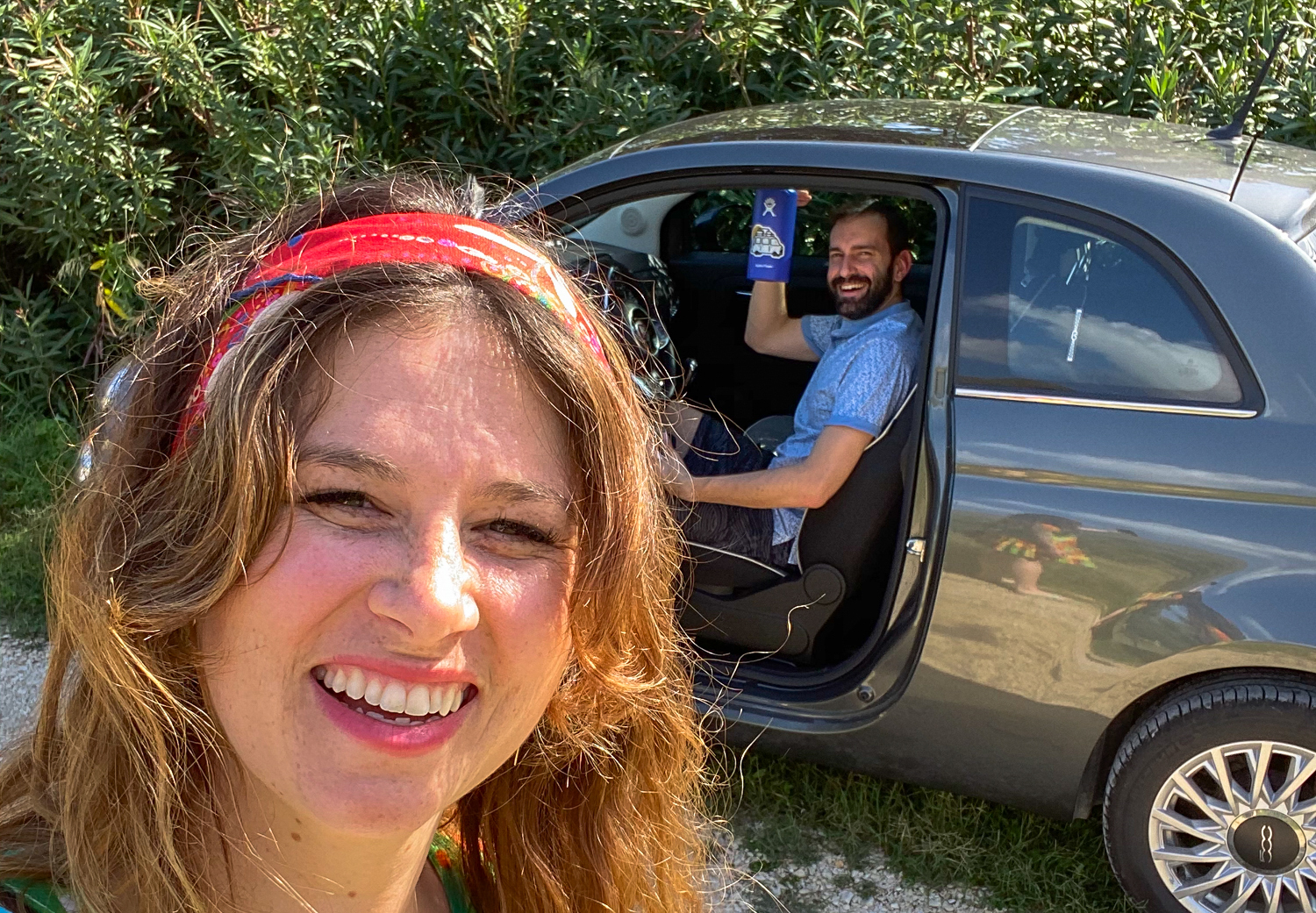
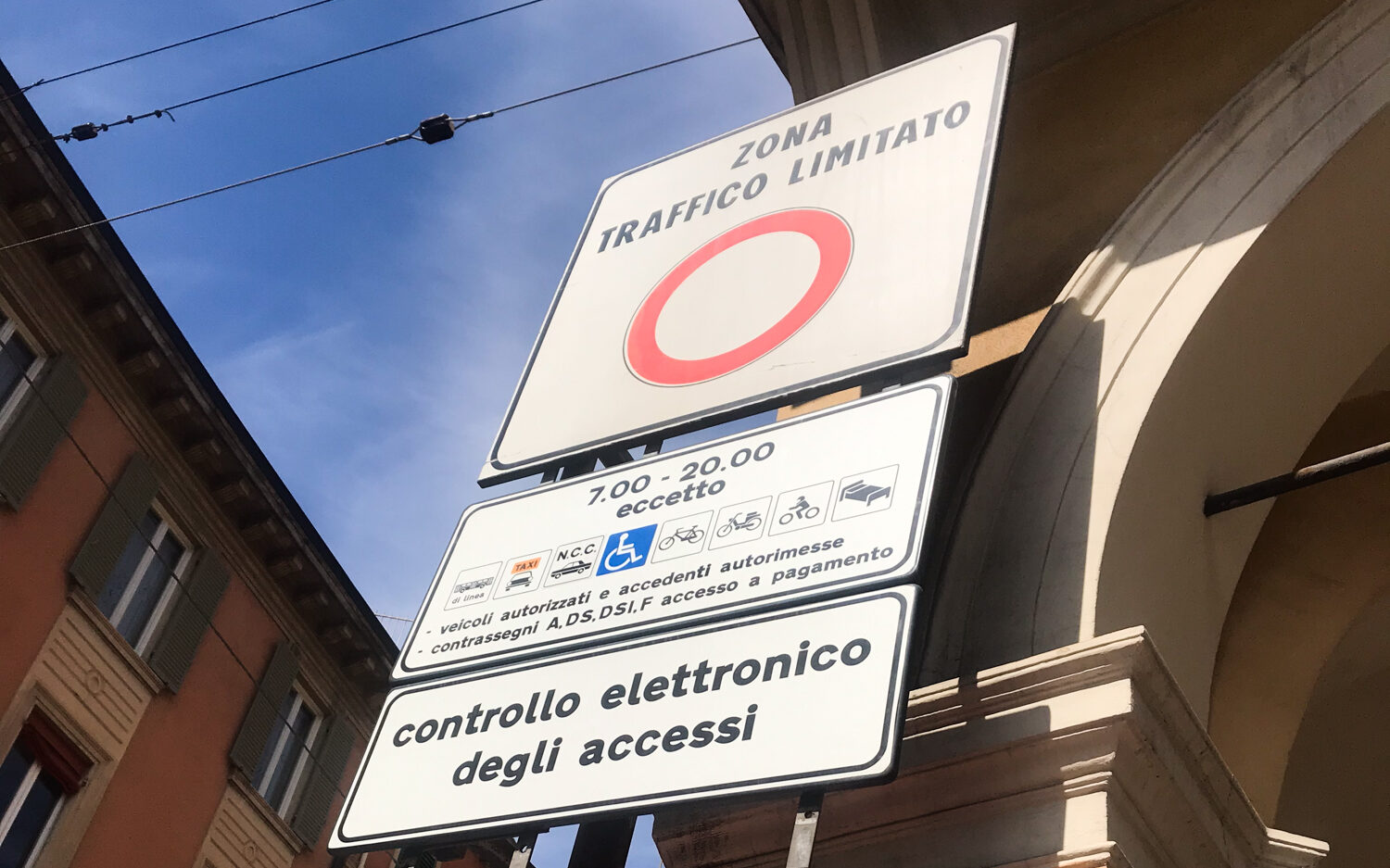
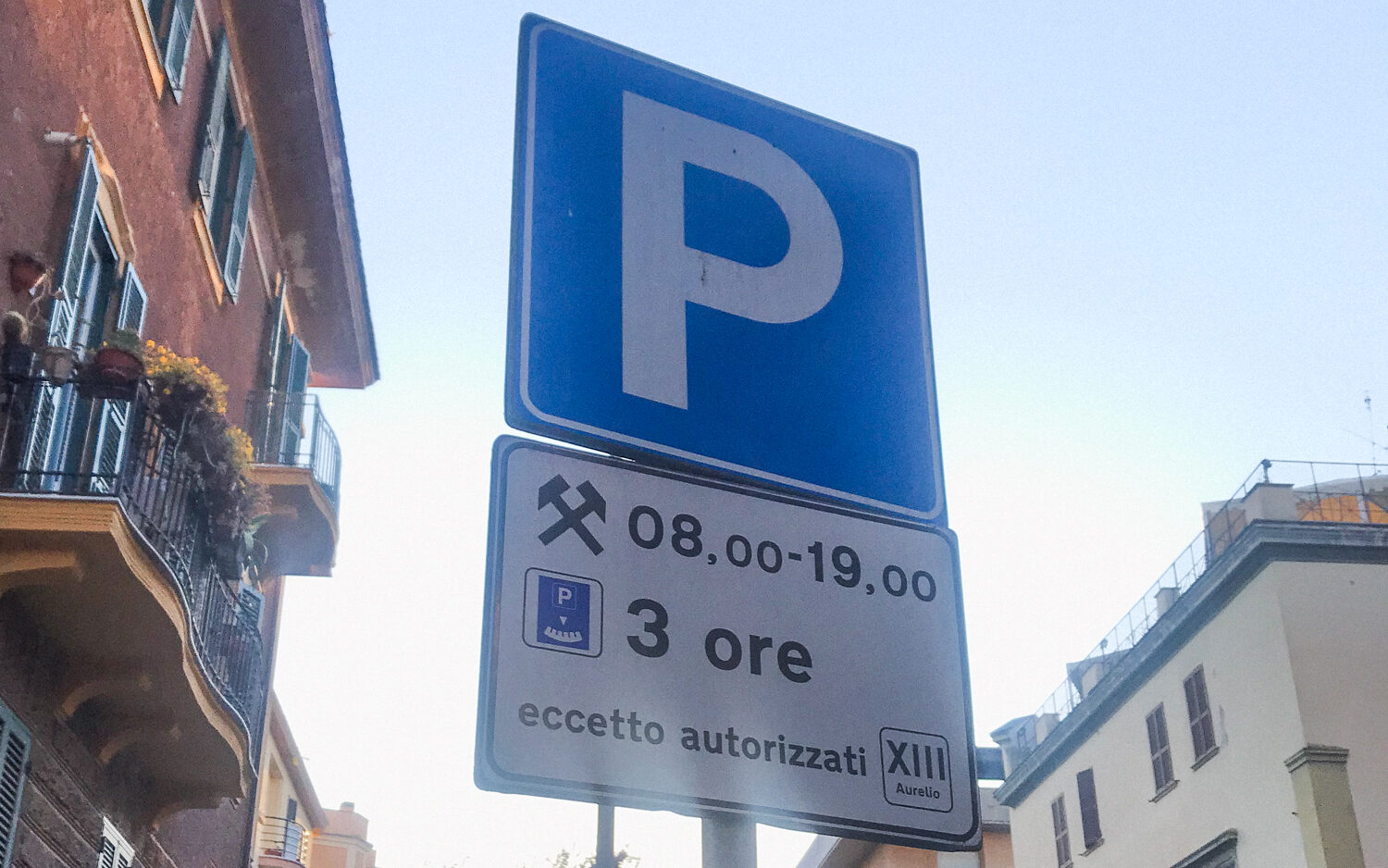


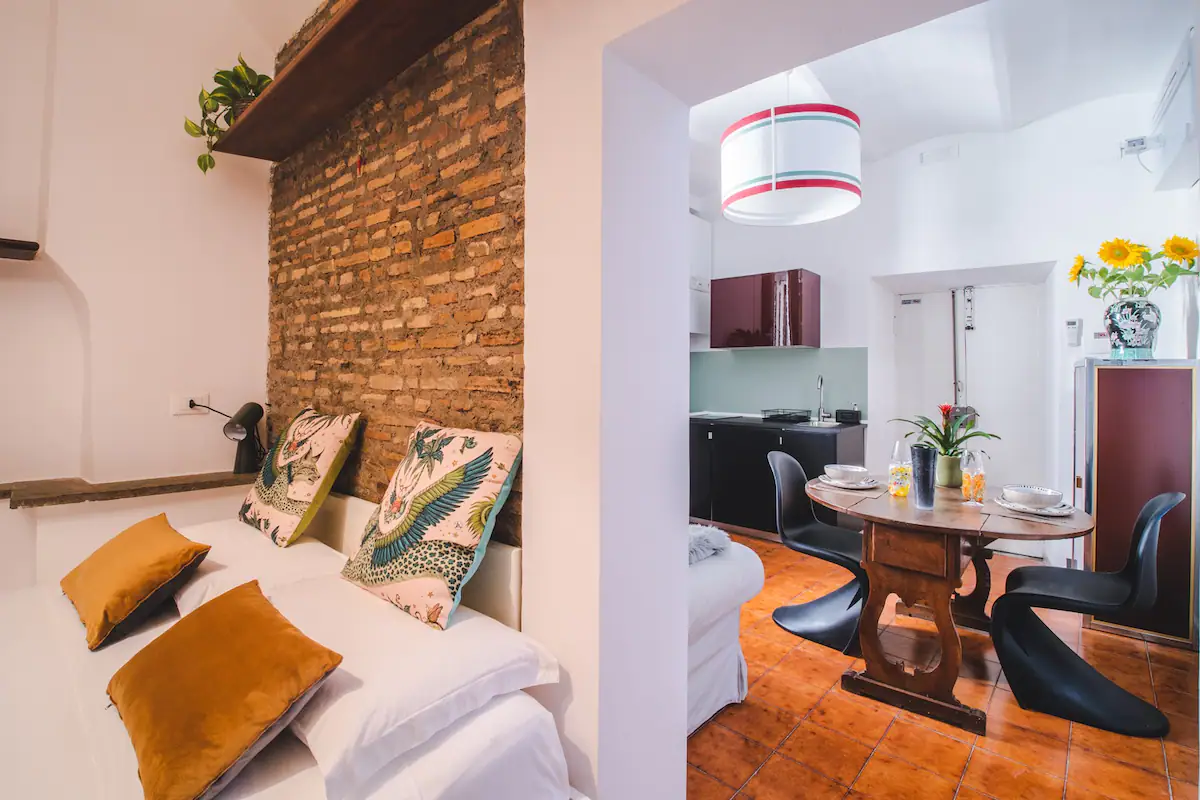
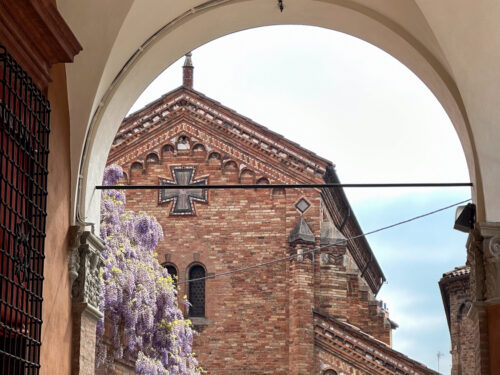
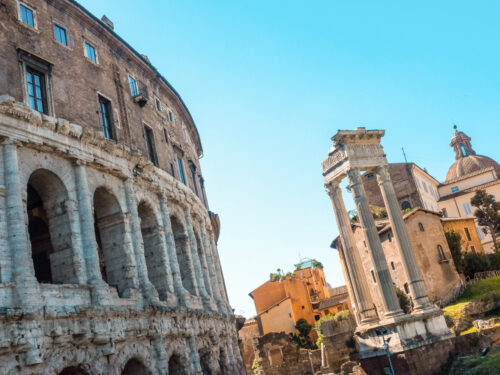
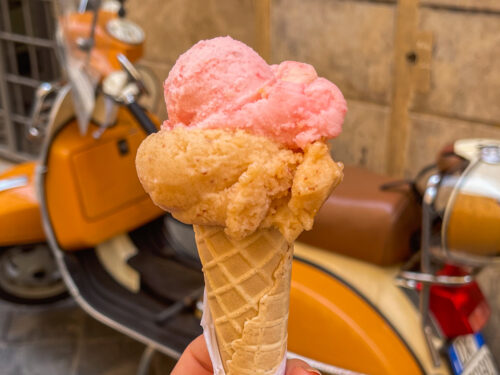
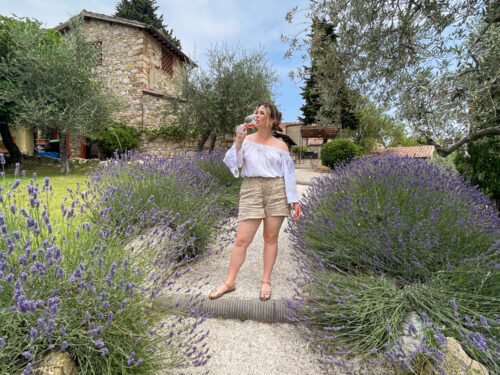

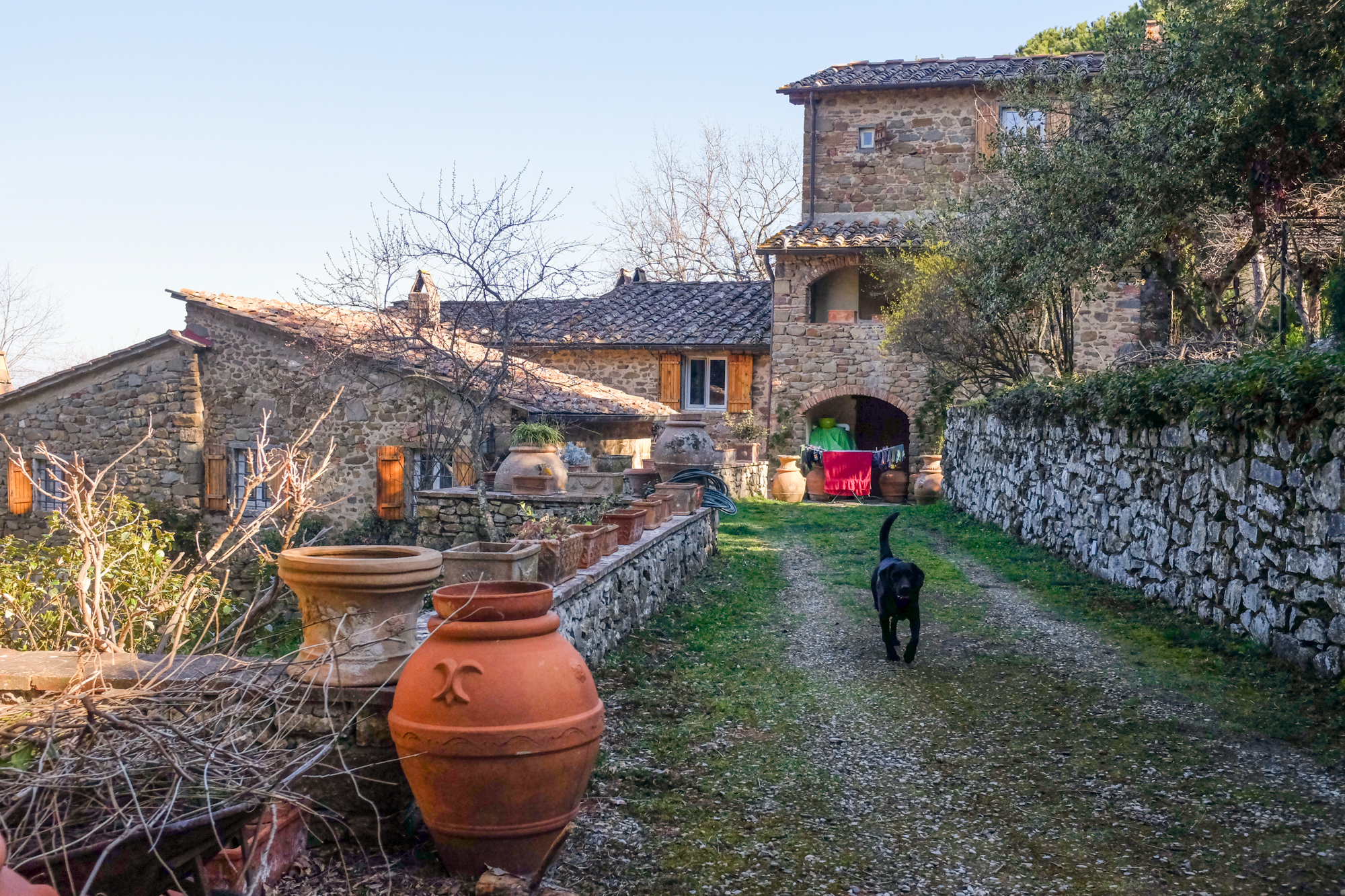

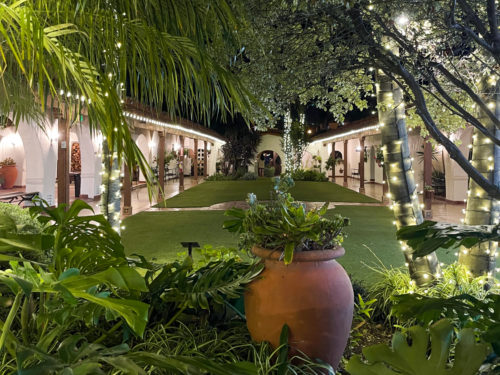
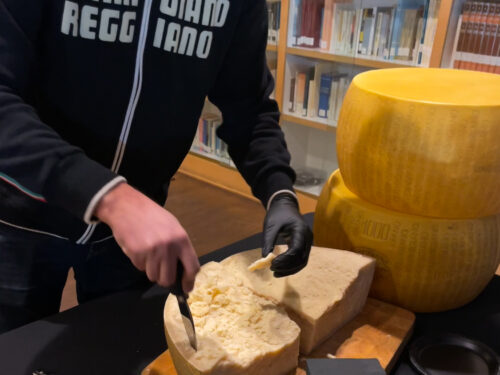

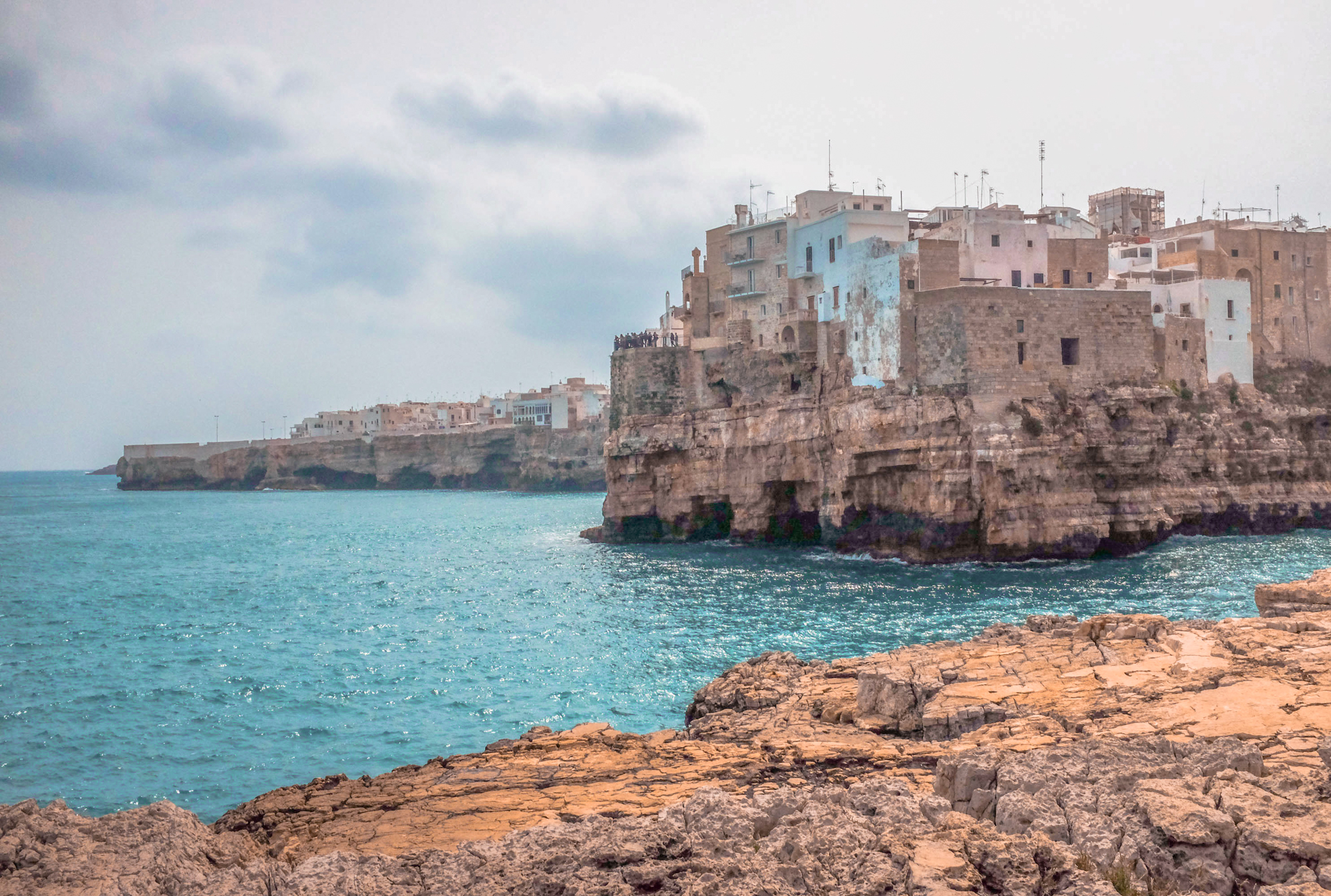
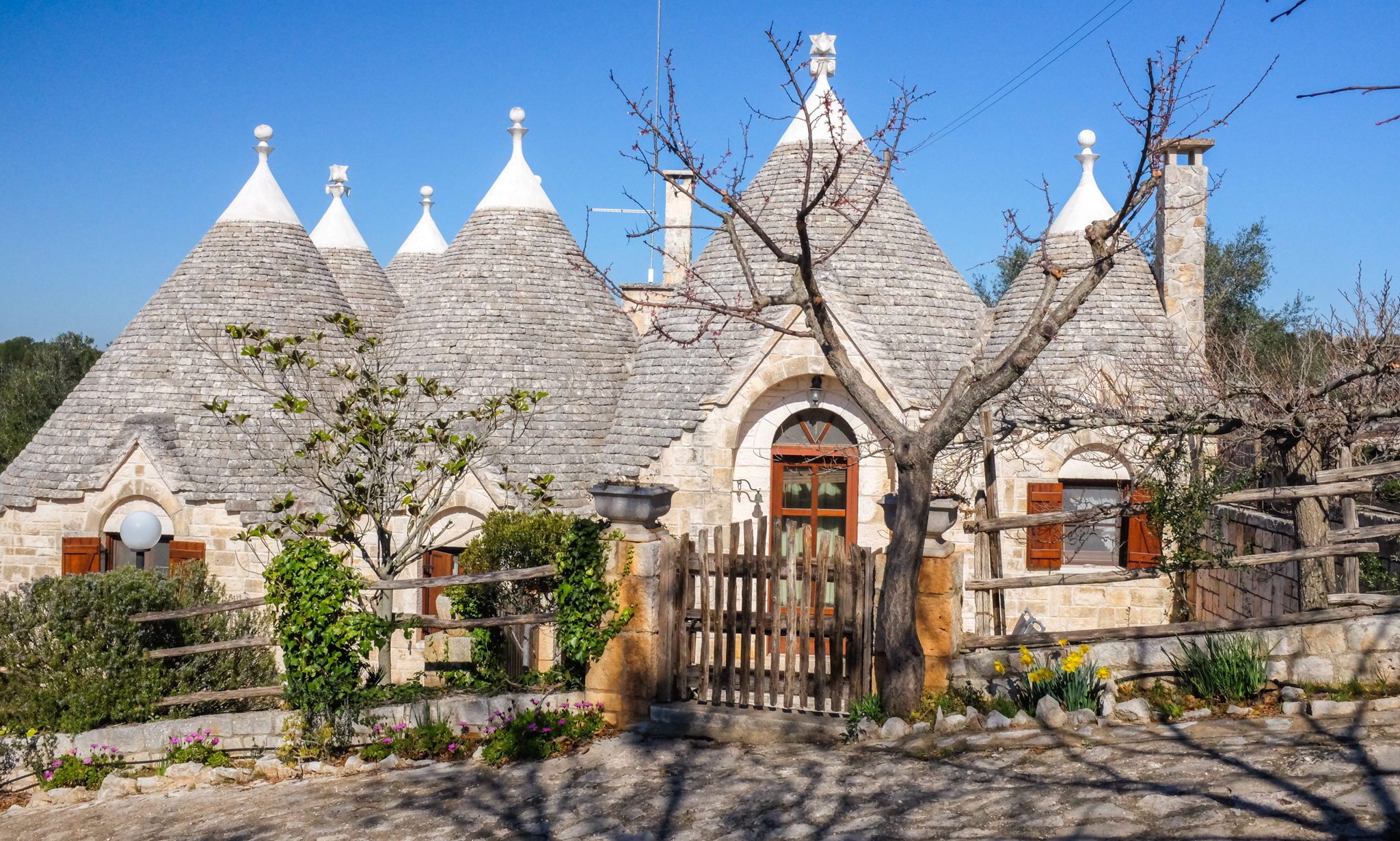

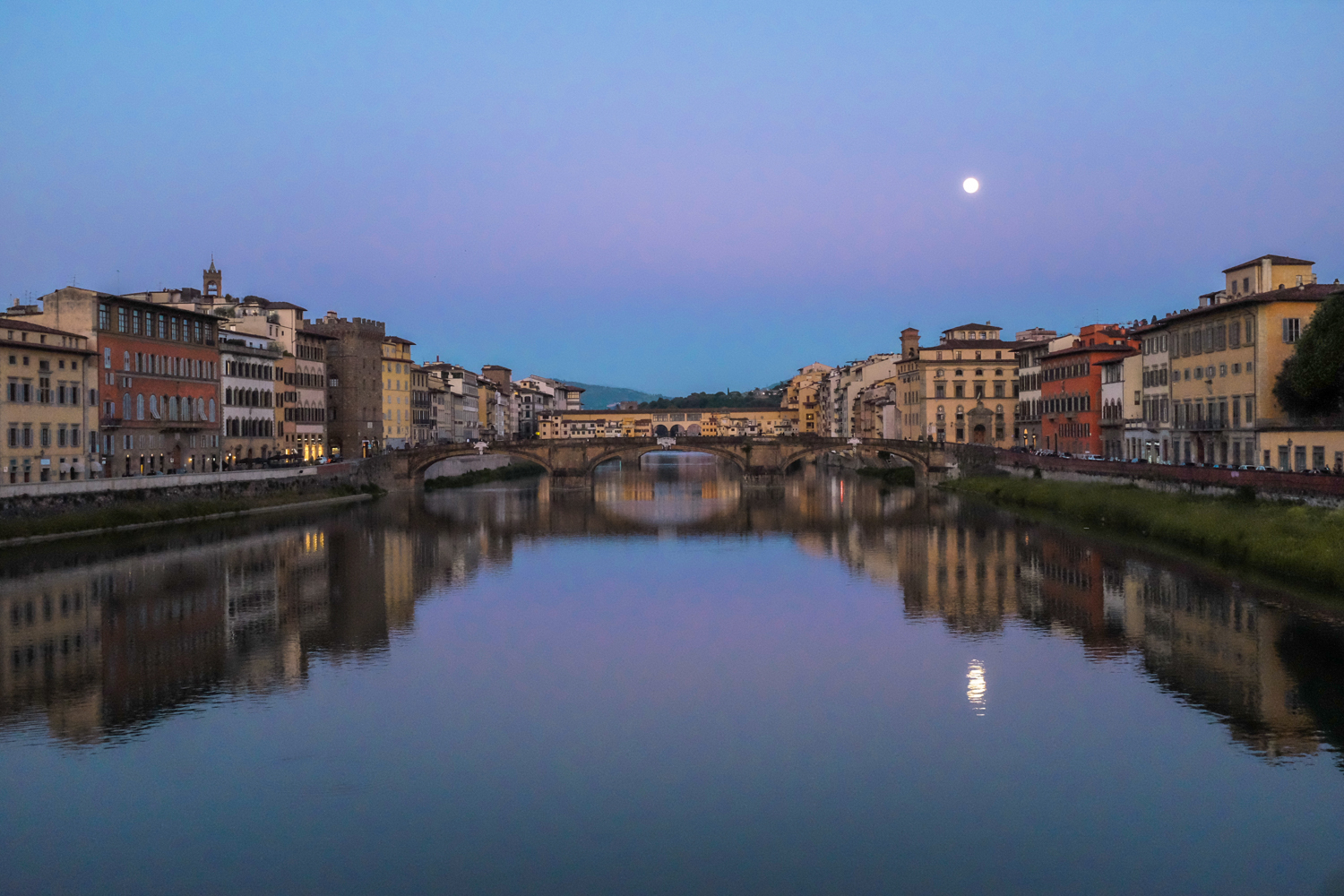
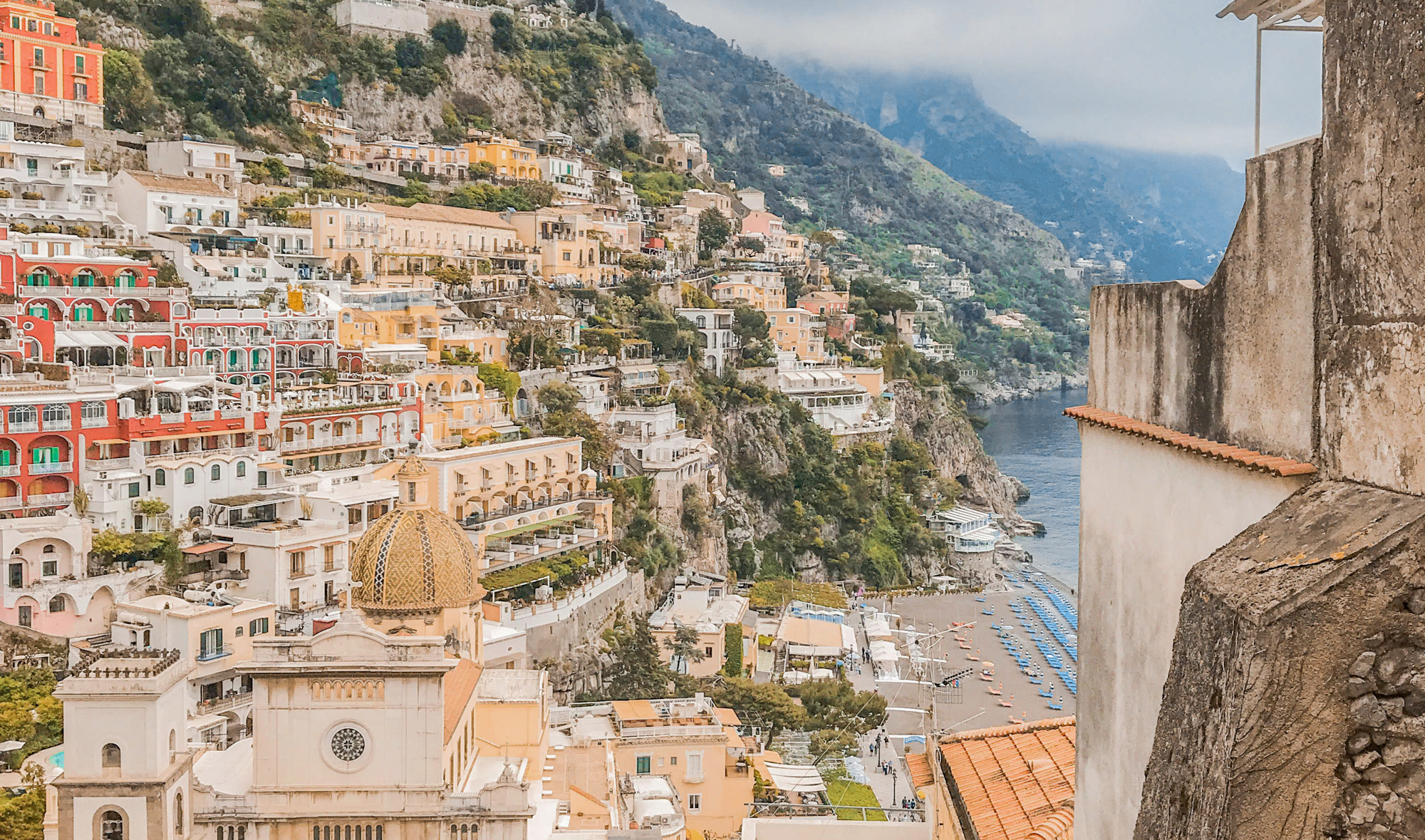
[…] I compiled everything you need to know about driving in Italy here. […]